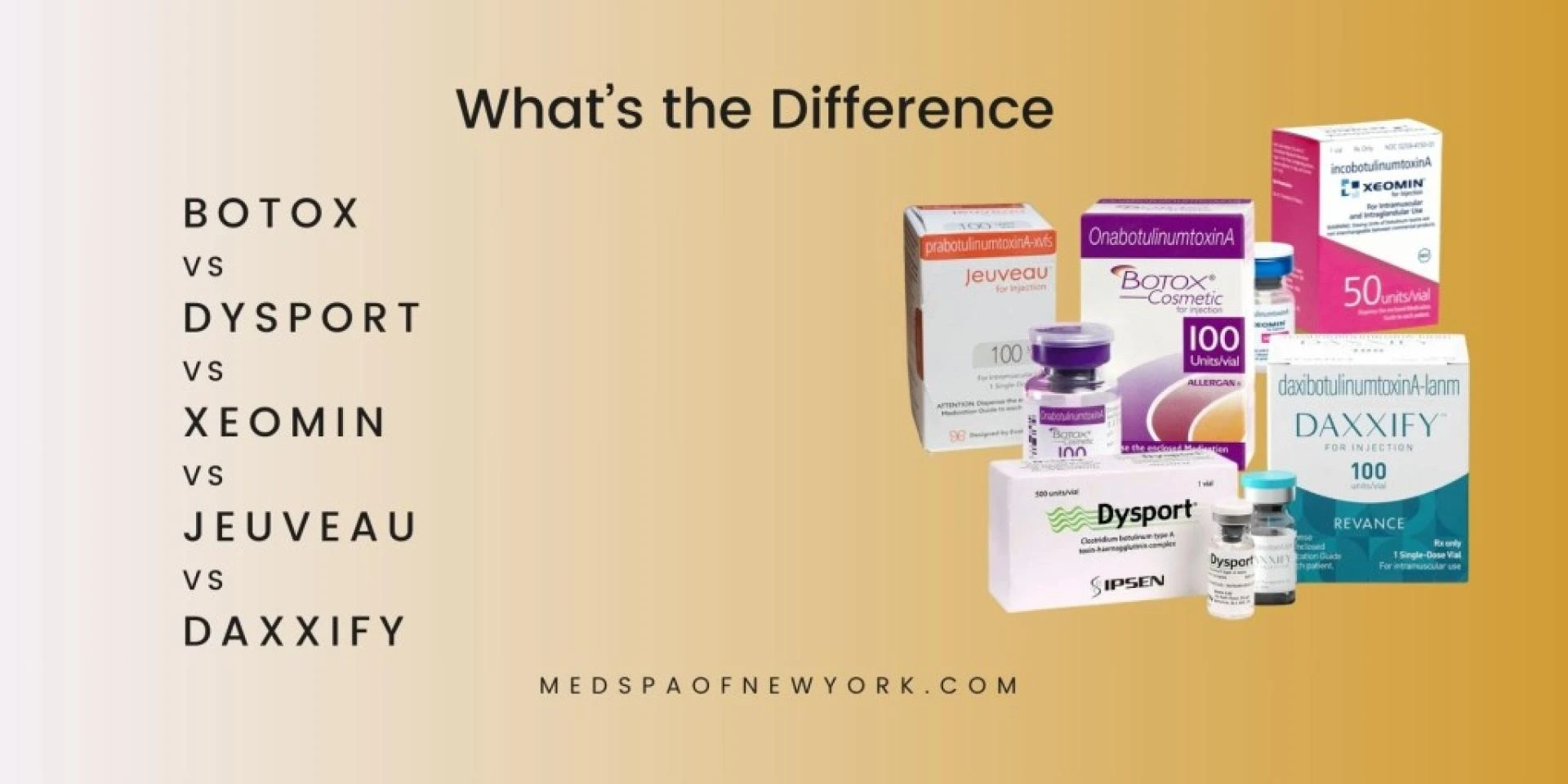
SUMMARY :
- Based on research data, all five FDA-approved neurotoxins are effective and well-tolerated.
- Botox, Jeuveau, Xeomin and Daxxify are equivalent in units. Dysport is dosed in higher units.
- Xeomin and Daxxify has a purification manufacturing process and do not need refrigeration.
- Xeomin has a lower price for medical practices from the manufacturer.
In today’s beauty landscape, achieving a youthful and vibrant appearance is more accessible than ever, thanks to a variety of injectable treatments designed to smooth out wrinkles and fine lines. Among these, Botox has been a longstanding favorite, but it’s now joined by a host of other options, including Dysport, Xeomin, Jeuveau, and the latest addition, Daxxify. Each of these treatments offers its unique benefits, catering to different needs and preferences. Let’s dive into what sets each apart and help you decide which might be the best fit for your aesthetic goals.
What are they?
Botox = ONAbotulinumtoxin A
Dysport = ABObotulinumtoxin A
Xeomin = INCObotulinumtoxin A
Jeuveau = PRAbotulinumtoxin A
Daxxify = DAXIbotulinumtoxin A
Botulinumtoxin A (“BoNT-A”) is a purified strain of botulinum toxin.
The different prefixes, “Ona,” “Abo”, “Inco,” “Pra,” and “Daxi”, indicate the differences in the biologic properties of each botulinum toxin.
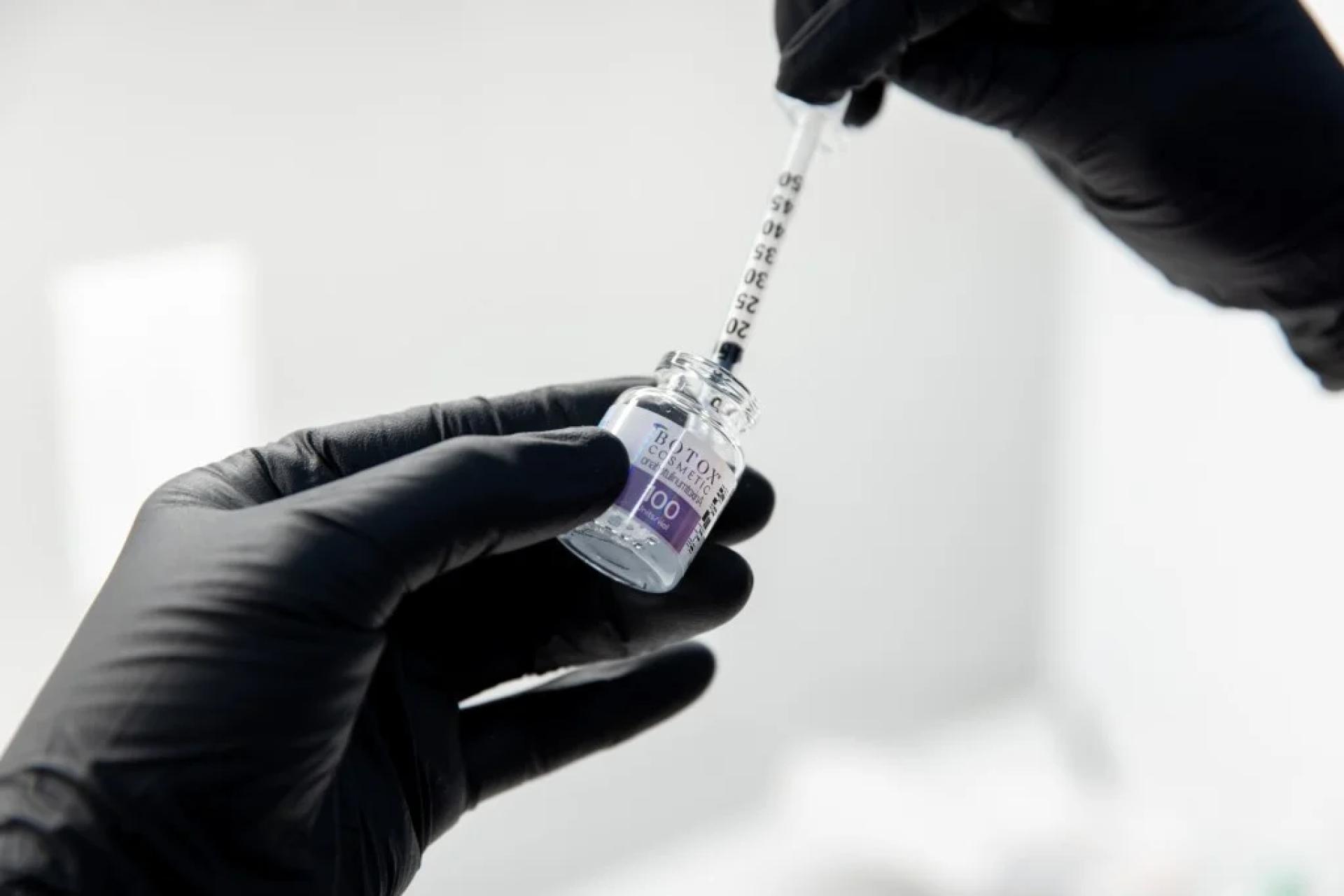
What is Botox?
Botox, the trailblazer in the world of neurotoxins, uses Botulinum Toxin Type A to temporarily paralyze muscle activity, effectively reducing the appearance of dynamic wrinkles. Its versatility extends beyond cosmetic applications, offering relief for medical conditions like chronic migraines and excessive sweating. Botox’s reliability and extensive research backing make it a go-to choice for those seeking proven results.
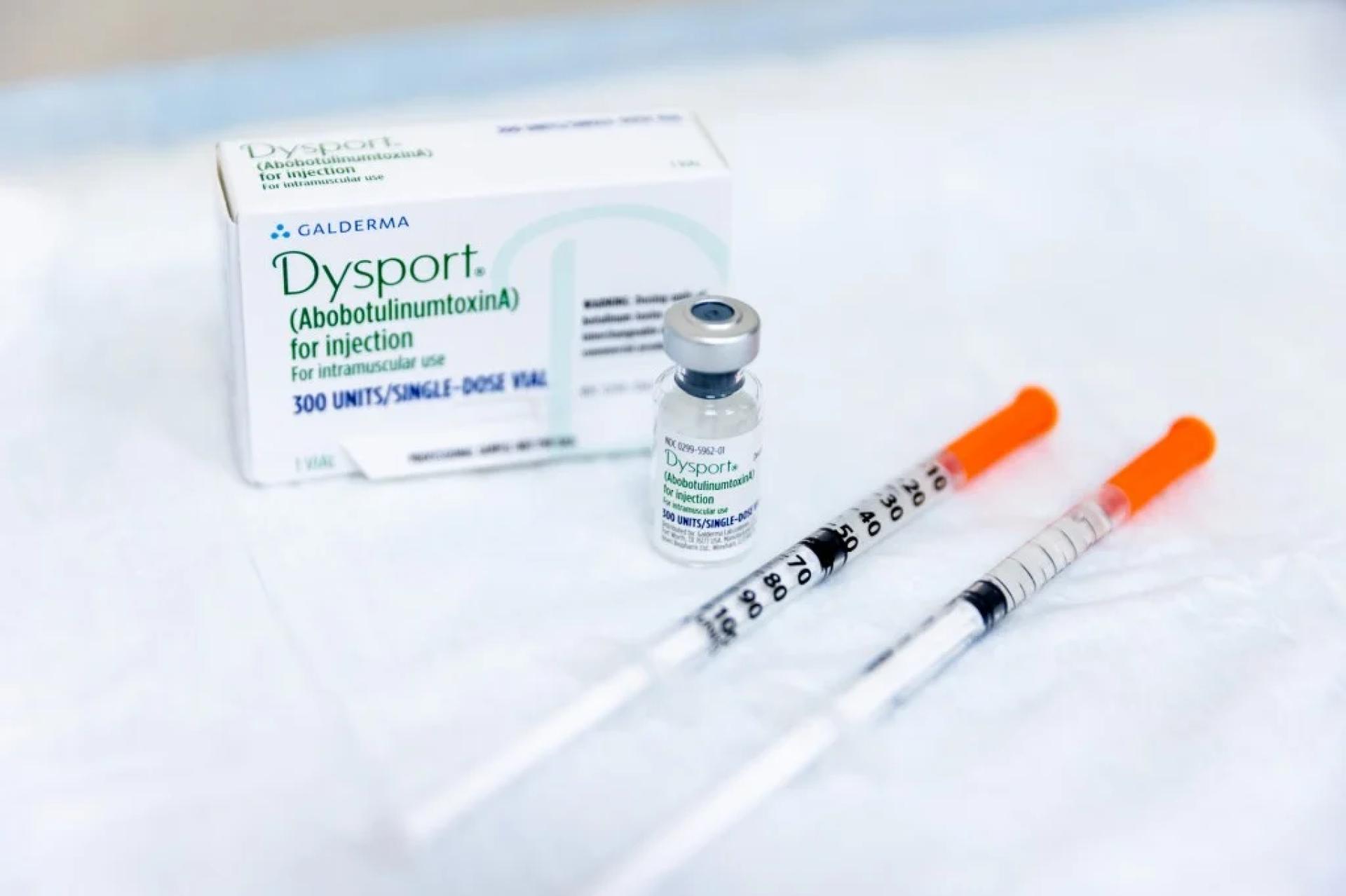
What is Dysport?
Dysport, similar to Botox in its use of Botulinum Toxin Type A, is celebrated for its rapid onset and affordability. It’s particularly favored for treating larger areas, offering a subtle and natural-looking reduction in wrinkles. Some users report a preference for Dysport due to its faster action and the potential for a broader spread.
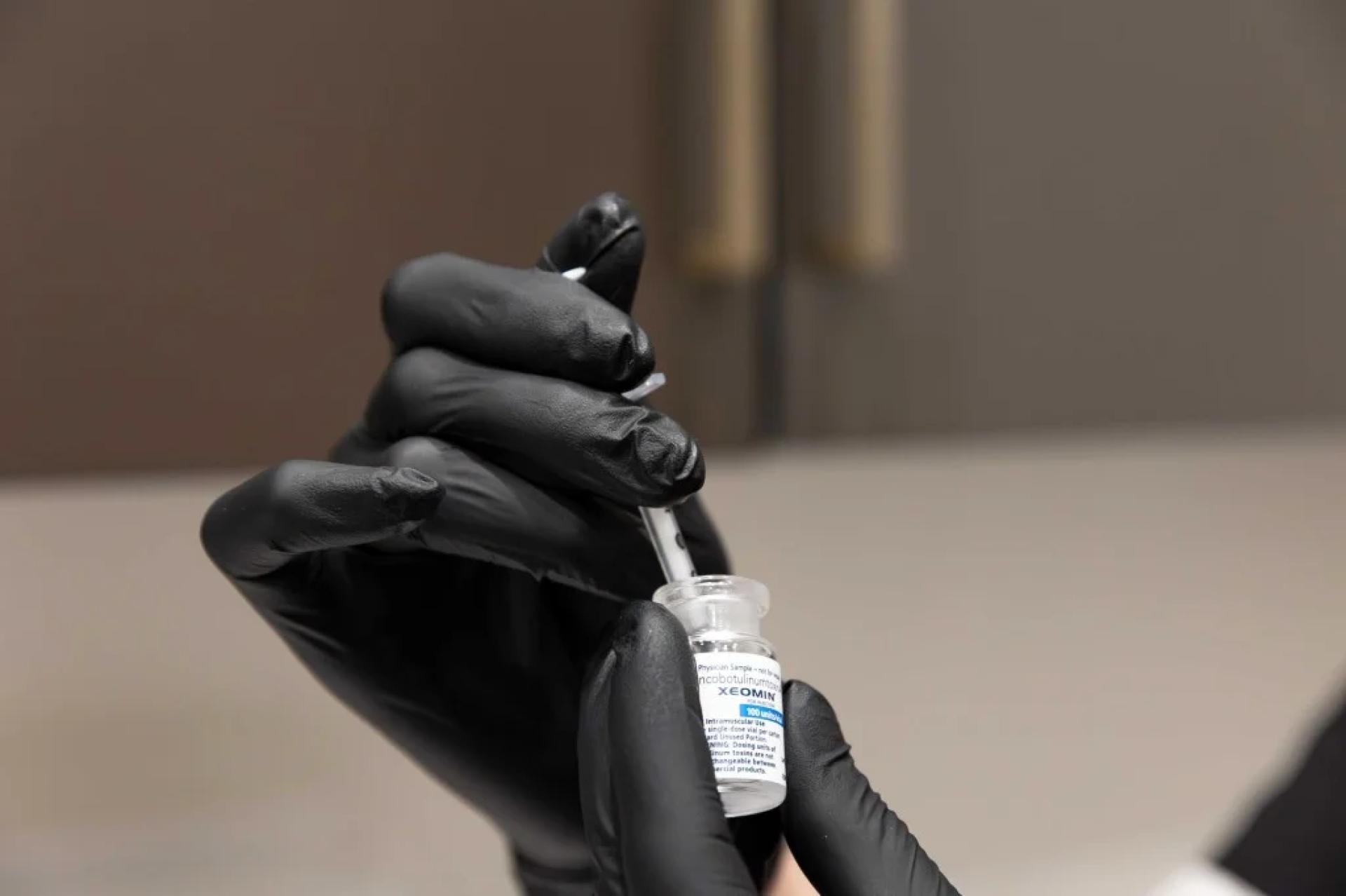
What is Xeomin?
Xeomin stands out for its “naked” formulation, containing only Botulinum Toxin Type A without any additional proteins. This purity minimizes the body’s likelihood of forming antibodies against it, making Xeomin an excellent option for long-term users of neurotoxin treatments who may have noticed diminishing results with other products.
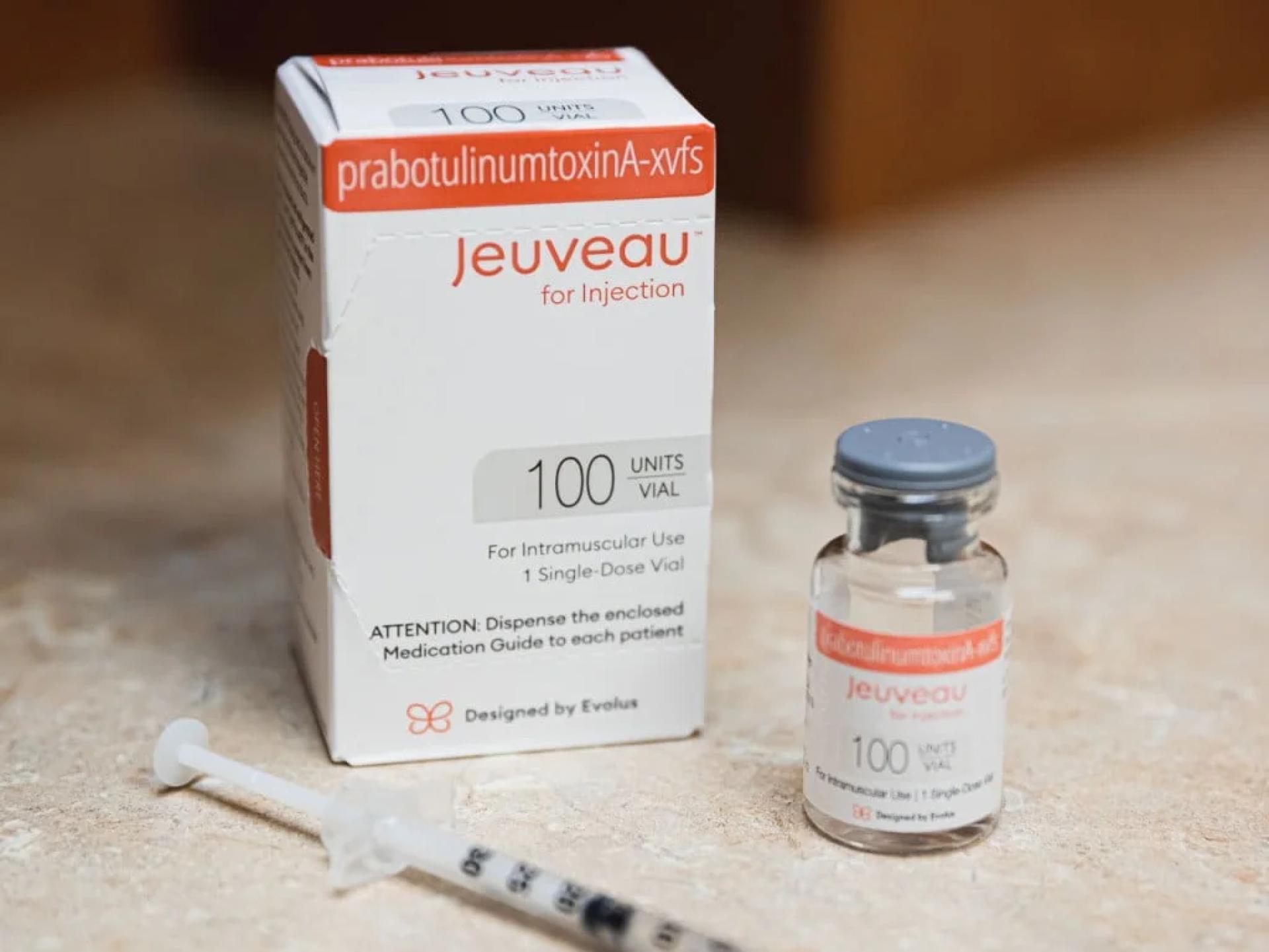
What is Jeuveau?
Jeuveau has quickly made a name for itself with a modern approach to marketing and competitive pricing. Structurally similar to Botox, Jeuveau targets the same neuromuscular junctions to smooth out wrinkles, appealing to a younger demographic looking to prevent the early signs of aging.
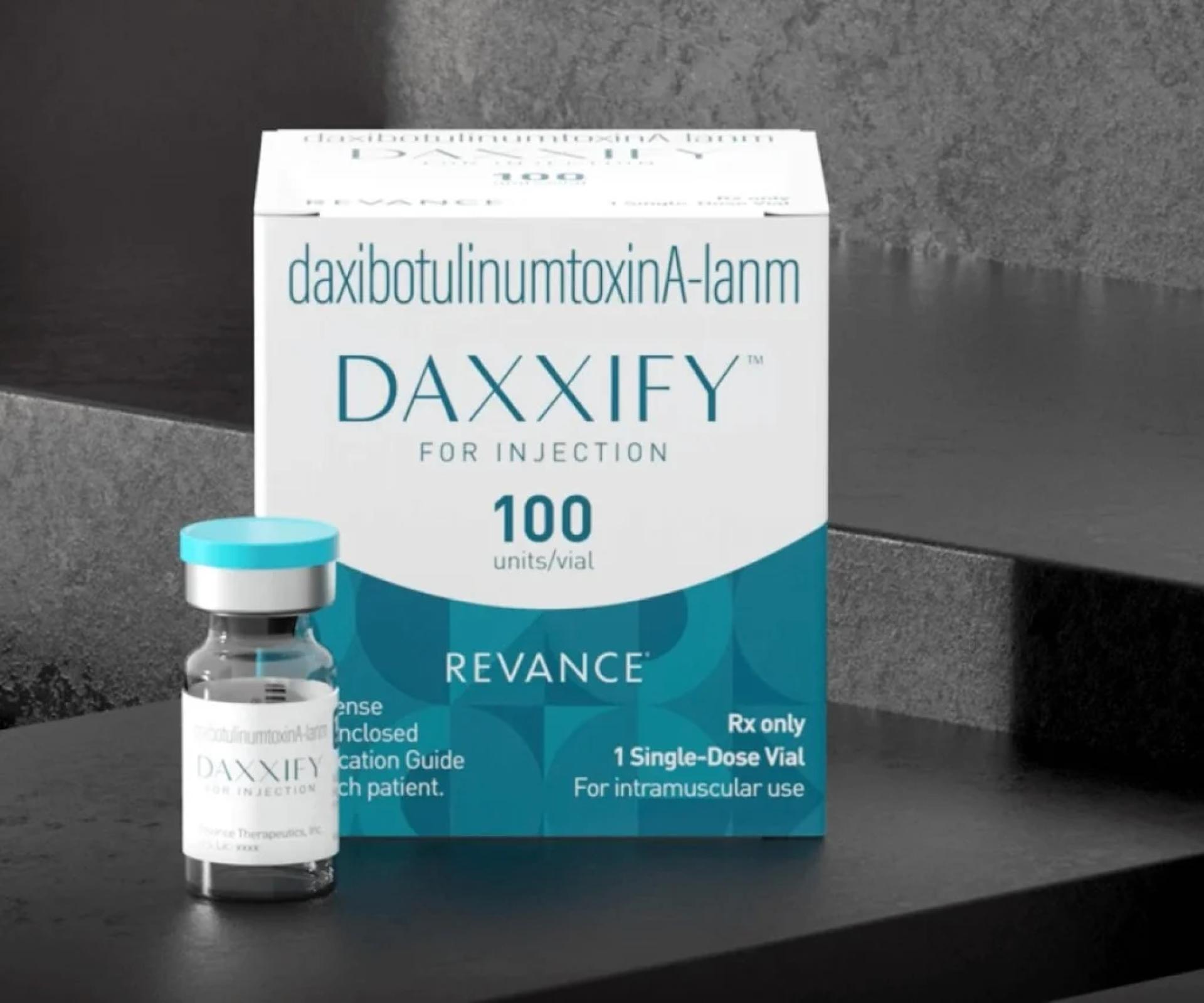
What is Daxxify?
Daxxify is the newest contender in the neurotoxin market, boasting a unique peptide formulation that extends its duration of effect significantly longer than its competitors, with results lasting up to 6-9 months. Its innovative approach offers a promising alternative for those seeking longer-lasting results from their cosmetic treatments.
What’s The Difference?
While all these treatments work by inhibiting muscle contractions to reduce wrinkles, they differ in formulation, onset time, duration of effects, and the specific indications approved by the FDA. Botox and Dysport have a broader range of medical applications, while Xeomin’s pure form may be beneficial for certain patients. Jeuveau targets a younger audience with aesthetic concerns, and Daxxify offers an extended duration of effect.
How long do they last?
The duration of effects varies: Botox and Dysport typically last 3-4 months, Xeomin around the same, Jeuveau also falls into this range, while Daxxify extends the effects up to 6-9 months, reducing the frequency of treatments needed.
How many units are needed?
A common inquiry relates to unit equivalence among these neurotoxins. For example, if one receives 20 units of Botox for their frown lines, how does that translate to the other products? According to package inserts, the equivalent dosages are as follows:
Botox: 20 units
Dysport: 50 units
Xeomin: 20 units
Jeuveau: 20 units
Daxxify: 40 units
Is One Purer Than Another?
Xeomin distinguishes itself as the only Botulinum Toxin that undergoes a purification process via XTRACT Technology, removing unnecessary proteins and leaving only the core neurotoxin. This process potentially makes Xeomin less likely to trigger the development of neutralizing antibodies, which can diminish effectiveness over time.
Are There Different Handling Requirements?
Xeomin and Daxxify don’t require refrigeration before being mixed, simplifying storage and handling for medical practices.
Are there any differences with the procedures?
The injection process for each neurotoxin is similar, involving minimal discomfort and quick administration. The choice between them often comes down to the desired duration of results, specific areas of concern, and individual response to the neurotoxin.
Are there any differences in the effectiveness?
Effectiveness can vary based on individual factors, including the area treated and the patient’s muscle strength. While all are effective in reducing the appearance of wrinkles, personal preference and the desired duration of effect play significant roles in choosing the right treatment.
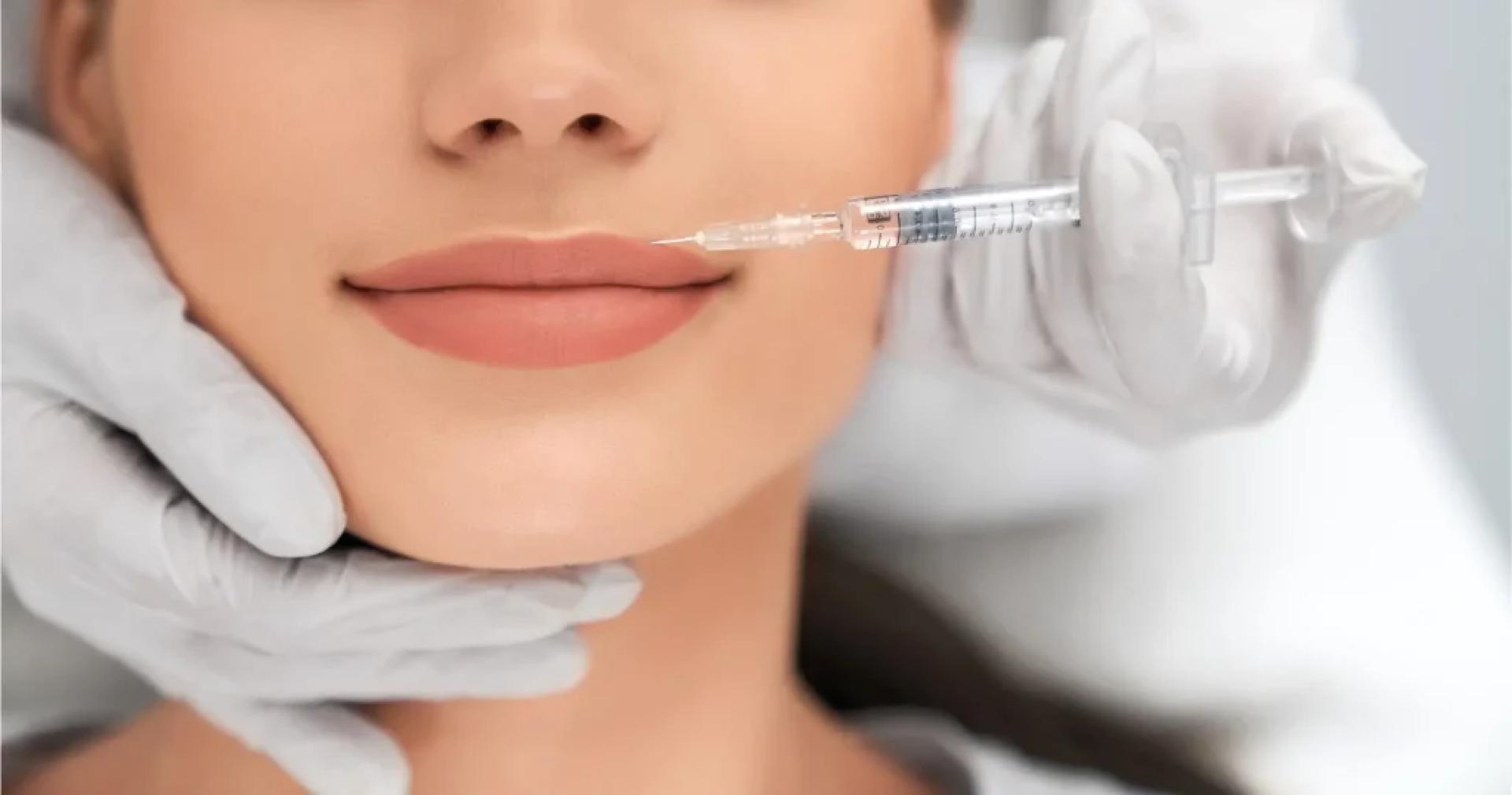
Side effects
Common side effects across all treatments include temporary bruising, swelling, or redness at the injection site. Serious side effects are rare but can include muscle weakness or difficulty swallowing. Choosing an experienced injector is crucial to minimizing risks.
Deciding Between Toxins for You
The consensus? All four neurotoxins are effective and well-tolerated. A definitive claim of superiority would require more extensive, double-blind clinical studies. Anecdotally, we’ve observed that no single neurotoxin outperforms the others in diminishing fine lines and wrinkles. While they’re not interchangeable, their efficacy and safety profiles are remarkably similar.
While all five neurotoxins are deemed equally effective and safe, our decision to embrace the Xeomin was driven by its added layer of purity and the lower price. So, whether you’re drawn to the pioneering legacy of Botox, the rapid action of Dysport, the modern appeal of Jeuveau, or the refined purity of Xeomin, the choice ultimately boils down to personal preference, specific aesthetic goals, and, perhaps, the allure of a great deal. With Xeomin’s unique advantages, it’s an option worth considering in your anti-aging arsenal.
Want Research Data?
Here is a chart with many of the research publications that compares one toxin vs another
Title | Conclusion | Winner |
Botox, Dysport, Xeomin | ||
A mixed treatment comparison to compare the efficacy and safety of botulinum toxin treatments for cervical dystonia | Based on this MTC analysis, there is no significant efficacy difference between Dysport, Botox, Xeomin and Myobloc at week four post injection. | None |
Conversion Ratio between Botox®, Dysport®, and Xeomin® in Clinical Practice | ONA and INCO have comparable efficacies with a 1:1 conversion ratio and have demonstrated therapeutic equivalence in different indications including cervical dystonia and blepharospasm. An ONA to ABO conversion ratio ≤1:3 should be considered the most appropriate. | None |
A Quantitative Analysis of OnabotulinumtoxinA, AbobotulinumtoxinA, and IncobotulinumtoxinA: A Randomized, Double-Blind, Prospective Clinical Trial of Comparative Dynamic Strain Reduction | Using digital image correlation, the tested neuromodulators do not have equivalent strain reduction in the glabella at the doses used. These results confirm assertions of noninterchangeability. | None |
Onset and duration of effect of incobotulinumtoxinA, onabotulinumtoxinA, and abobotulinumtoxinA in the treatment of glabellar frown lines: a randomized, double-blind study | IncobotulinumtoxinA demonstrated a more rapid onset and a longer duration of treatment effect than onabotulinumtoxinA (1:1 dose ratio) and abobotulinumtoxinA (1:3 dose ratio). | Xeomin |
Botox VS. Dyspot | ||
Prospective Randomized Comparison of OnabotulinumtoxinA (Botox) and AbobotulinumtoxinA (Dysport) in the Treatment of Forehead, Glabellar, and Periorbital Wrinkles | Results showed no statistically significant differences between the two agents. Both agents yielded measurable improvements on wrinkles of the upper face at 150 days. | None |
Efficacy of Onabotulinum Toxin A (Botox) versus Abobotulinum Toxin A (Dysport) Using a Conversion Factor (1 : 2.5) in Treatment of Primary Palmar Hyperhidrosis | The efficacy and safety of Botox and Dysport injections were similar using a conversion factor of 1 : 2.5. There was a trend towards a more rapid action after Dysport treatment but without significant importance. | None |
Dysport and Botox at a ratio of 2.5:1 units in cervical dystonia: A double‐blind, randomized study | The mean change of the Toronto western spasmodic torticollis rating scale score, the proportion of improvement in clinical global impression and patient global impression, and the incidences of adverse events were not significantly different between the two treatments. With regard to safety and efficacy, Dysport was not inferior to Botox in patients with CD at a conversion factor of 2.5:1. | None |
A Single-blind, Split-face, Randomized, Pilot Study Comparing the Effects of Intradermal and Intramuscular Injection of Two Commercially Available Botulinum Toxin A Formulas to Reduce Signs of Facial Aging | There was no statistically significant difference between onabotulinumtoxinA and abobotulinumtoxinA when injected intradermally or intramuscularly. | None |
A Randomized Double-Blind Study of the Effect of Botox and Dysport/Reloxin on Forehead Wrinkles and Electromyographic Activity | The results of the present study show that Dysport/Reloxin has a longer duration of effect on EMG activity and forehead wrinkles than does Botox at a unit dose conversion ratio of 3:1 | Dysport |
Respective potencies of Botox and Dysport: a double blind, randomised, crossover study in cervical dystonia | Dysport 1:3 (and Dysport 1:4 to a greater extent) is more efficient than Botox for both impairment and pain in cervical dystonia although with a somewhat higher incidence of minor adverse effects. | Dysport |
Botox VS. Xeomin | ||
A direct comparison of onabotulinumtoxina (Botox) and IncobotulinumtoxinA (Xeomin) in the treatment of benign essential blepharospasm: a split-face technique | No difference between Xeomin and Botox was detected in either subjective or objective measures for the treatment of BEB. | None |
Comparison of preferences between onabotulinumtoxinA (Botox) and incobotulinumtoxinA (Xeomin) in the treatment of benign essential blepharospasm | This study demonstrates that patients who prefer incobotulinumtoxinA over onabotulinumtoxinA had a statistically significant shorter treatment interval. In addition, those who preferred incobotulinumtoxinA thought it was more effective, whereas those patients who preferred onabotulinumtoxinA thought it had a longer duration. | None |
Xeomin® vs. Botox® A Side-by-Side Comparison in the Same Patients | Xeomin® and Botox® are equal unit for unit as might be expected by their common 150 kDa active neurotoxin. | None |
Comparing Botox® and Xeomin® for axillar hyperhidrosis | Side-to-side differences of the therapeutic effect (onset latency, extent, duration) were neither detectable by the patient nor by the physician. | None |
Measuring the potency labelling of onabotulinumtoxinA (Botox(®)) and incobotulinumtoxinA (Xeomin (®)) in an LD50 assay | Although the existence of a conversion ratio has been questioned recently, our experimental data are in line with previous clinical experience showing that Botox(®) and Xeomin(®) can be compared using a 1:1 conversion ratio. | None |
Routine use of Xeomin in patients previously treated with Botox: long term results | There were no diffusion differences between Botox and Xeomin. Using a conversion ratio of 1:1 Xeomin and Botox can easily be exchanged in a continued treatment. | None |
Noninferiority of IncobotulinumtoxinA, Free from Complexing Proteins, Compared with Another Botulinum Toxin Type A in the Treatment of Glabellar Frown Lines | Analysis of the data confirmed the noninferiority of incobotulinumtoxinA. | None |
Double-blind, randomised, parallel group pilot study comparing two botulinum toxin type A products for the treatment of blepharospasm | No significant differences between products were noted in PGA and adverse events at the doses used in this study. | None |
A Randomized, Double-Blind Trial to Investigate the Equivalence of IncobotulinumtoxinA and OnabotulinumtoxinA for Glabellar Frown Lines | Equivalence was demonstrated at the primary endpoint between incobotulinumtoxinA and onabotulinumtoxinA in the treatment of GFL at the 20 U dose at 1 month. Similar efficacy and tolerability profiles were observed through 4 months after treatment. | None |
A prospective rater- and subject-blinded study comparing the efficacy of incobotulinumtoxinA and onabotulinumtoxinA to treat crow’s feet: a clinical crossover evaluation | IncobotulinumtoxinA and onabotulinumtoxinA (1:1 dose conversion ratio) were well tolerated, showing comparable efficacy and duration of treatment effect for crow’s feet. | None |
Xeomin VS. Dysport | ||
A Prospective, Neurophysiologic Comparative Study to Assess the Efficacy and Duration of Effect of IncobotulinumtoxinA and AbobotulinumtoxinA in the Treatment of Crow’s Feet | In conclusion, for treatment of crow’s feet, incobotulinumtoxinA and abobotulinumtoxinA (1:3 dose) demonstrated comparable efficacy in terms of magnitude and longevity of effect. Both products demonstrated a high responder rate, with the response being maintained for 6 months in the majority. | None |
Botox VS. Jeuveau | ||
A Multicenter, Randomized, Double-Blind, Placebo-Controlled, Single-Dose, Phase III, Non-Inferiority Study Comparing PrabotulinumtoxinA and OnabotulinumtoxinA for the Treatment of Moderate to Severe Glabellar Lines in Adult Patients | A single treatment of 20 U prabotulinumtoxinA was safe and effective and noninferior to 20 U onabotulinumtoxinA for the treatment of moderate to severe glabellar lines. | None |
Selecting the perfect place for your anti-wrinkle treatments is crucial, and Medspa of New York stands out as the ideal choice. We’re proud to offer all neurotoxin options, ensuring a broad array of options that are customized just for you. In our reviews, patients tell us that we are the best medspa near you in New York because we’re dedicated to designing personalized treatment with your desires and price in mind.
Book online for your FREE CONSULTATION to find out which is right for you.
Contact us at (972) 904-4255 or email@medspaofnewyork.com today!
Originally published at Medspa of Los Angeles


